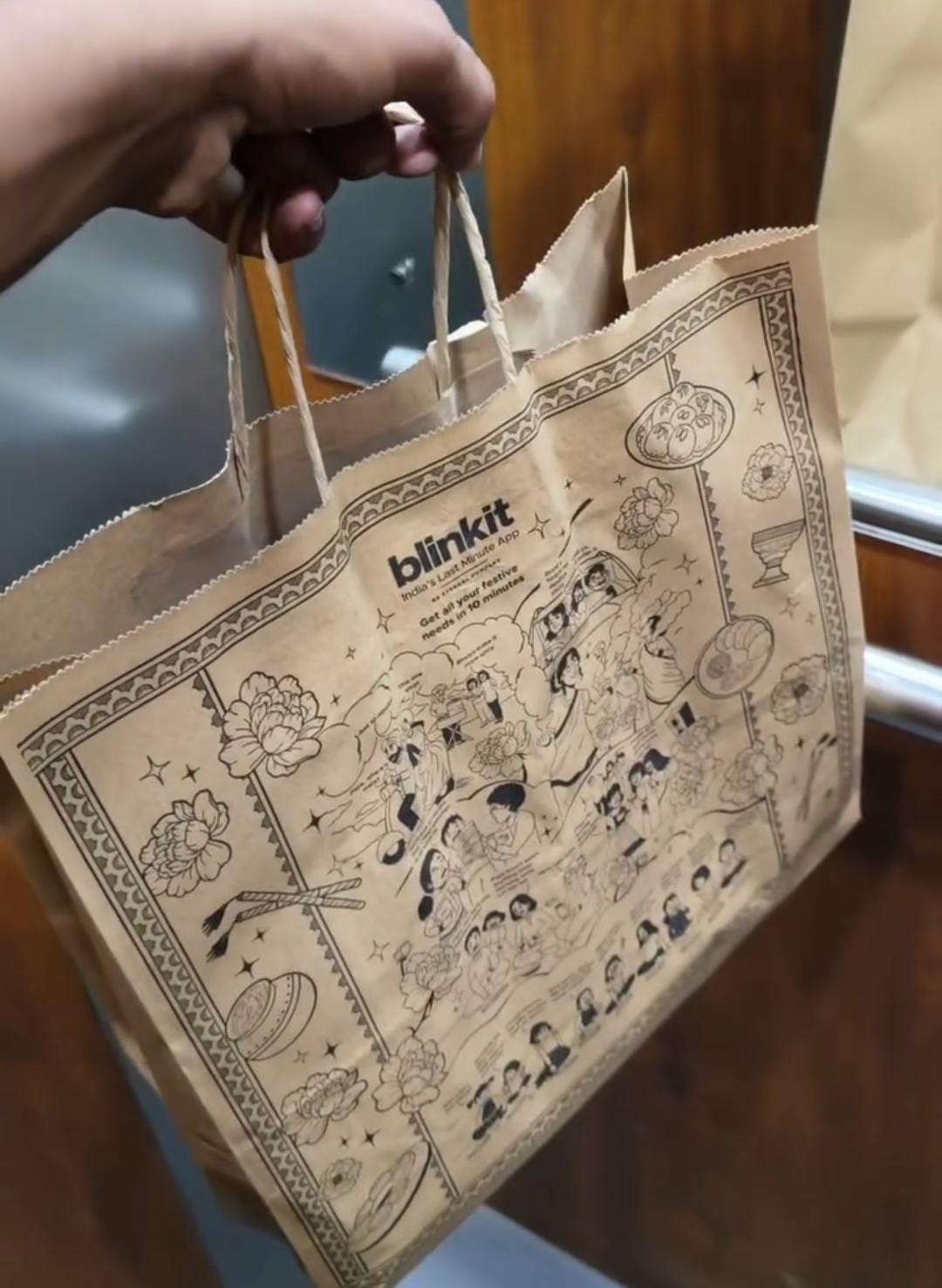Frenemy might be a strong word to describe the traditional rivalry between Aussies and New Zealanders. Their Trans-Tasman rivalry gets quite fierce on a cricket or rugby field although they're the friendliest of neighbours. One of the other many things they don't agree about is the origin of a coffee brewing technique that goes back to the 1980s that the likes of Starbucks only discovered in the last few years. It's also my 'go to' coffee when I'm not in Chennai or Bengaluru - where I automatically gravitate towards an invigorating tumbler of filter coffee. It was in Melbourne that I first tried Flat White and it was a case of instant love.
Also Read: 8 Best Coffee Recipes | Easy Coffee Recipes

Photo Credit: iStock
It's not just the Aussie-Kiwi legends that form the backdrop of the Flat White origin story, there's also the rivalry between Sydney and Melbourne akin to the Delhi-Mumbai city rivalry. While Melbourne is arguably Australia's Coffee capital (I know many Sydneysiders will disagree with me), Australia's most famous coffee is believed to have originated in Moors Espresso Bar back in 1985. I was unable to visit this iconic spot during my last visit to Sydney. While many Melbournians and New Zealanders claim to have invented the Flat White, none of them has been able to take up the challenge from Moors - produce a menu or a receipt that dates before 1985 with Flat White mentioned on it.
So what is Flat White? This was a big part of my discussion with Abdul Sahid Khan, Head trainer, Lavazza India during my last visit to the company's experience centre in Chennai some time ago. In simple terms it's smaller than a Latte, it consists of one-third espresso (double shot), two-thirds milk. The milk is steamed, not frothed, to leave a smooth and velvety crema on top. It's these velvety textures and the strength of the coffee that has made me a Flat White for life. It's also the closest to a filter coffee full of froth that's been hand-pulled in a tumbler and davara (or cup).
Just like a Latte, the Flat White is also an espresso-based creamy drink but contains a double shot of espresso and lesser milk than a Latte. The Flat white has less foam and more milk than a Cappuccino. According to Abdul the way to pour the milk is an important difference in how to make a flat white: a spoon blocks the thickest part of the milk while the more liquid parts are poured, to keep the crema intact and push it to the top of the drink.
It's the Italians who can take credit for Melbourne's first Espresso machine in the 1920s. Even today I'd recommend Lygon Street, in the city's traditional Italian quarter, to savour a fine Espresso. The standard serving measure for a Flat White in most cafés in Melbourne and the world over is 160 ml (vis-à-vis 240 ml for a Latte or Cappuccino). I dined with a gracious Italian host in one of Melbourne's old neighbourhoods. Her family carried a Macchinetta (also known as a Moka Pot) when they moved here from Sicily in the 1940s. This stove top coffee maker that uses pressurised steam to push the coffee up (unlike Vietnamese or South Indian filter coffee where the coffee drips down). I picked up my Macchinetta (a fine example of 1930s style Industrial design) in Melbourne and use it each time I fix a Flat White.
During my immersive coffee experience, Abdul shared a Flat White simple recipe that you can try making at home.
How To Make Flat White |Flat White Recipe:
1. Brew your espresso shot. Make sure to weigh your coffee (Abdul recommends a medium roast coffee) dose (16-18gm) and time taken to draw your espresso (18-22 sec). If you don't have a home espresso machine, try making it with Moka Pot or AeroPress.
2. Steam your milk to a silky texture, creating microfoam bubbles. Fresh milk Full fat works better for making foam I find but skimmed or semi-skimmed will be ok. Stretching milk to the correct consistency isn't easy, so make sure you keep practising. You can use a French Press to texture milk.
3. Get rid of any bubbles in the milk which may have been created. You can do this by gently tapping your milk jug on your countertop.
4. Pour the milk with the help of a spoon on the espresso, while being careful to keep the milk foam in the pitcher while you only pour the hot milk. This way, the espresso crema will stay intact, and your Flat White is ready.
About Ashwin RajagopalanI am the proverbial slashie - a content architect, writer, speaker and cultural intelligence coach. School lunch boxes are usually the beginning of our culinary discoveries.That curiosity hasn’t waned. It’s only got stronger as I’ve explored culinary cultures, street food and fine dining restaurants across the world. I’ve discovered cultures and destinations through culinary motifs. I am equally passionate about writing on consumer tech and travel.










